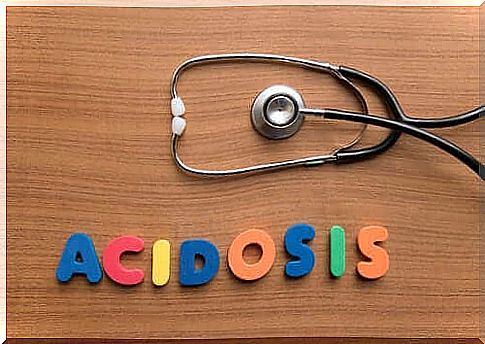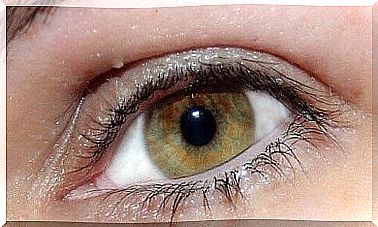Causes Of Proximal Renal Tubular Acidosis

Proximal renal tubular acidosis is caused by the loss of too much of the body’s bicarbonate. The kidneys do not eliminate enough of the body’s acid.
A common feature of this condition is the reduced ability of the proximal tubules to reabsorb glomerular filtrate bicarbonate.
The occurrence of this condition is unknown. However, drug-induced proximal renal tubular acidosis (pRTA) is relatively common, although hereditary proximal renal tubular acidosis is very rare.
Symptoms of proximal renal tubular acidosis

The symptoms of this condition depend on the underlying disease or condition. This condition causes rapid breathing, lethargy or confusion. In addition, it can lead to shock and even death.
It initially manifests itself as very alkaline urine due to the unabsorbed bicarbonate. In addition, it causes stunted growth and a reduction in bone mineral density.
In some cases, hypokalemia may manifest itself and sometimes some symptoms of periodic paralysis may also manifest. However, rickets and osteomalacia are due to vitamin D deficiency and lack of phosphate absorption.
Causes
Kidney diseases such as distal renal tubular acidosis and proximal renal tubular acidosis can cause hyperchloraemic acidosis.
It can also manifest itself in cases of aspirin or ethylene glycol poisoning, or methanol toxicity. In addition, severe dehydration can lead to this condition.
Humans can acquire or inherit the condition either recessively (in most cases) or dominantly. Acquired renal acidosis is caused by a mutation in the SLC4A4 gene.
However, predominant acidosis is due to mutations in a gene that has not yet been identified. When the proximal tubular reabsorbs about 80% of the filtered bicarbonate load, a deficiency in it leads to the loss of bicarbonate.
Some drugs may be responsible for the development of acquired proximal renal tubular acidosis.
Diagnosis of proximal renal tubular acidosis

In contrast to patients with distal renal tubular acidosis, patients with the proximal type retain the ability to lower the pH of urine to below 5.5.
To diagnose the disease, a medical professional must prove the lack of reabsorption of bicarbonate. A bicarbonate titration test confirms a diagnosis of proximal renal tubular acidosis.
In the assessment test, an excessive increase in urine bicarbonate excretion and urine pH increases when plasma bicarbonate rises above the renal threshold.
The medical professional should also exclude other hereditary proximal tubular pathologies, such as oculo-cerebrorenal syndrome, dental disease and glycogen storage disease due to GLUT2 deficiency.
For blood tests, your doctor may request an arterial blood gas test and an electrolyte panel test to confirm renal hyperchloraemic acidosis.
Furthermore, they can request a comprehensive metabolic panel test, consisting of a group of blood samples that measure sodium and potassium levels, as well as the levels of other chemicals. In turn, they will measure urine pH levels, urine and blood ketone levels and lactic acid levels.
These tests can also help determine if the cause of the acidosis is a respiratory condition or a metabolic problem.
Treatment

Treatment depends on the cause of the disease. If the condition is hereditary, it requires a lifelong replacement therapy of bicarbonate.
To perform this treatment, doctors need large amounts of bicarbonate to normalize serum bicarbonate.
Sometimes medical professionals prescribe thiazide diuretics such as hydrochlorothiazide (25-50 mg daily) to increase bicarbonate absorption and thus reduce the amount of bicarbonate needed.
It is also important to monitor plasma potassium, which is why a mixture of sodium and potassium bicarbonate salts may be necessary in some cases.
Normally, drug-induced proximal renal acidosis is reversible upon discontinuation of the drug. With proper treatment, the prognosis for this condition is good.









